9 Best Herbal Teas For Period Cramp

Herbal teas for period cramp are a natural remedy used to alleviate the discomfort and pain associated with menstrual cramps, which are caused by the contraction of the uterus during menstruation.
These teas work by relaxing the uterine muscles, reducing inflammation, and providing essential nutrients that help to regulate hormonal imbalances.
Examples of herbal teas that can treat period cramps include ginger tea, which has anti-inflammatory properties that help to reduce pain and nausea; chamomile tea, which promotes relaxation and calms the mind; peppermint tea, which eases digestive issues and reduces spasms; raspberry leaf tea, which helps to regulate hormonal imbalances and tone the uterus; and dandelion tea, which reduces bloating and water retention.
Other herbal teas such as red clover tea, passionflower tea, and licorice root tea also have properties that can help to alleviate period cramp symptoms by reducing inflammation, promoting relaxation, and regulating hormonal imbalances.
1. Glycyrrhiza glabra tea
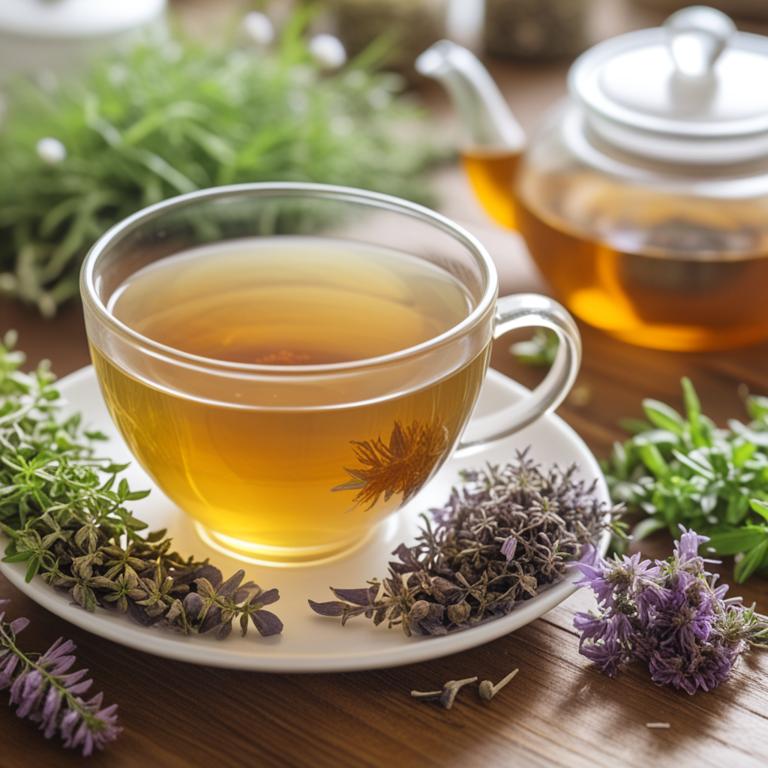
Glycyrrhiza glabra tea contains bioactive constituents such as glycyrrhizin, flavonoids, and phenolic acids that help to alleviate period cramp symptoms by reducing inflammation and modulating hormonal balance.
The anti-inflammatory and antispasmodic properties of this herbal tea make it an effective remedy for treating menstrual cramps, as it helps to relax the uterine muscles and reduce pain.
To make this tea, steep 1-2 teaspoons of dried Glycyrrhiza glabra root in 1 cup of boiling water for 5-7 minutes, then strain and drink.
For optimal relief, consume 1-2 cups of this tea 2-3 times a day, ideally during the onset of menstrual cramps, to experience its therapeutic benefits.
2. Vitex agnus-castus tea

Vitex agnus-castus tea contains bioactive constituents such as flavonoids, iridoid glycosides, and phenolic acids, which have been found to possess anti-inflammatory and antioxidant properties that help to alleviate period cramps.
The herbal properties of this tea, including its ability to regulate hormonal imbalances and reduce prostaglandin levels, also contribute to its effectiveness in treating period cramp pain.
To make Vitex agnus-castus tea, combine 1 teaspoon of dried vitex leaves with 1 cup of boiling water and let it steep for 5-7 minutes before straining and consuming.
It is recommended to consume 1-2 cups of this tea daily, 1-2 weeks before the expected onset of menstruation, to experience its therapeutic benefits in alleviating period cramp pain.
3. Zingiber officinale tea
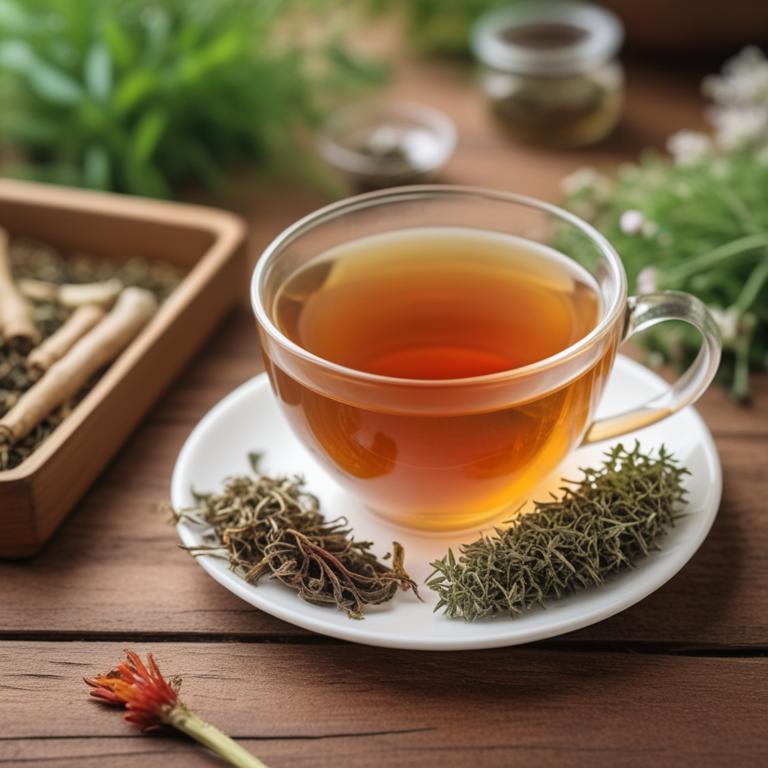
Zingiber officinale tea contains bioactive constituents such as gingerols and shogaols, which have anti-inflammatory and analgesic properties that help to alleviate period cramp pain.
The warming and relaxing properties of this herbal tea help to soothe the uterine muscles and reduce menstrual cramp discomfort.
To make this tea, simply boil 1-inch piece of fresh ginger in 1 cup of water for 5-7 minutes, then strain and drink; you can add honey or lemon to taste.
Consuming 1-2 cups of Zingiber officinale tea 2-3 times a week, or as needed, can help to alleviate period cramp symptoms and promote overall menstrual health.
4. Paeonia lactiflora tea
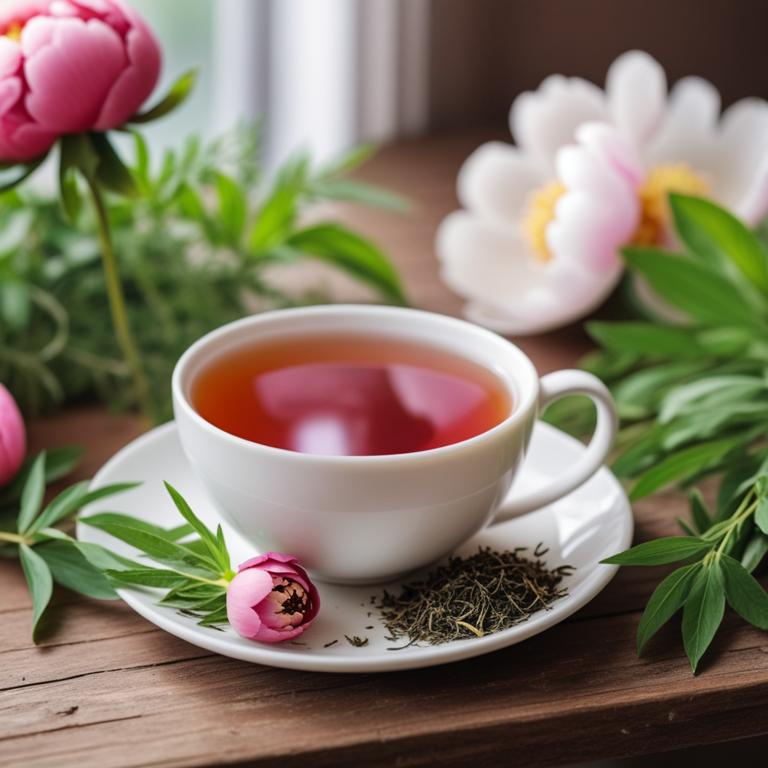
Paeonia lactiflora tea contains bioactive constituents such as flavonoids, phenolic acids, and saponins, which have anti-inflammatory and analgesic properties that help to alleviate period cramp pain.
The herbal tea also possesses anti-spasmodic and anticonvulsant properties, which can help to relax the uterine muscles and reduce cramping.
To make Paeonia lactiflora tea, combine 1 teaspoon of dried peony flowers in 1 cup of boiling water, let it steep for 5-7 minutes, and then strain the tea.
To treat period cramp, drink 1-2 cups of Paeonia lactiflora tea 2-3 times a day, ideally before and during the menstrual period, to experience its therapeutic benefits.
5. Angelica sinensis tea

Angelica sinensis tea contains bioactive constituents such as ferulic acid, polysaccharides, and volatile oils that help to alleviate period cramp symptoms.
This herbal tea exhibits anti-inflammatory, analgesic, and antispasmodic properties, which aid in relaxing uterine muscles and reducing cramping.
To make this tea, dry Angelica sinensis roots can be steeped in hot water for 5-7 minutes, and then strained to create a soothing brew.
To treat period cramps, consume 1-2 cups of this tea per day, ideally 1-2 hours before the expected onset of menstrual cramps.
6. Lavandula angustifolia tea
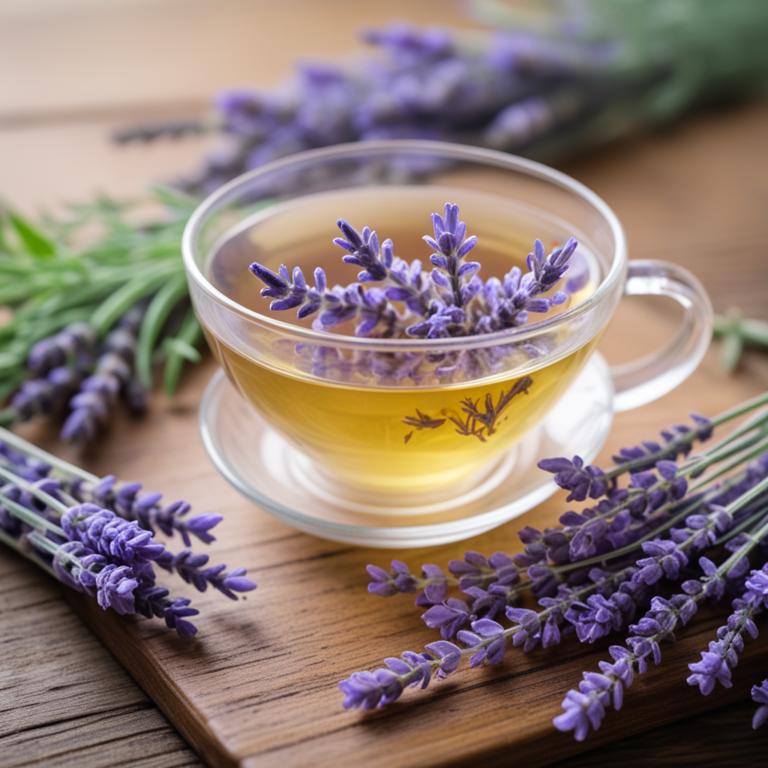
Lavandula angustifolia tea contains bioactive constituents such as linalool, linalyl acetate, and camphor, which have anti-inflammatory and analgesic properties that help to alleviate period cramp pain.
The calming and soothing effects of this herbal tea are attributed to its ability to relax the uterine muscles, reduce spasms, and promote a sense of well-being.
To make this tea, combine 1 teaspoon of dried lavender flowers in a cup of boiling water, let it steep for 5-7 minutes, and then strain the mixture.
To treat period cramps, consume 1-2 cups of this tea, 2-3 times a day, ideally during the onset of cramps, and enjoy the soothing benefits of this natural remedy.
7. Foeniculum vulgare tea
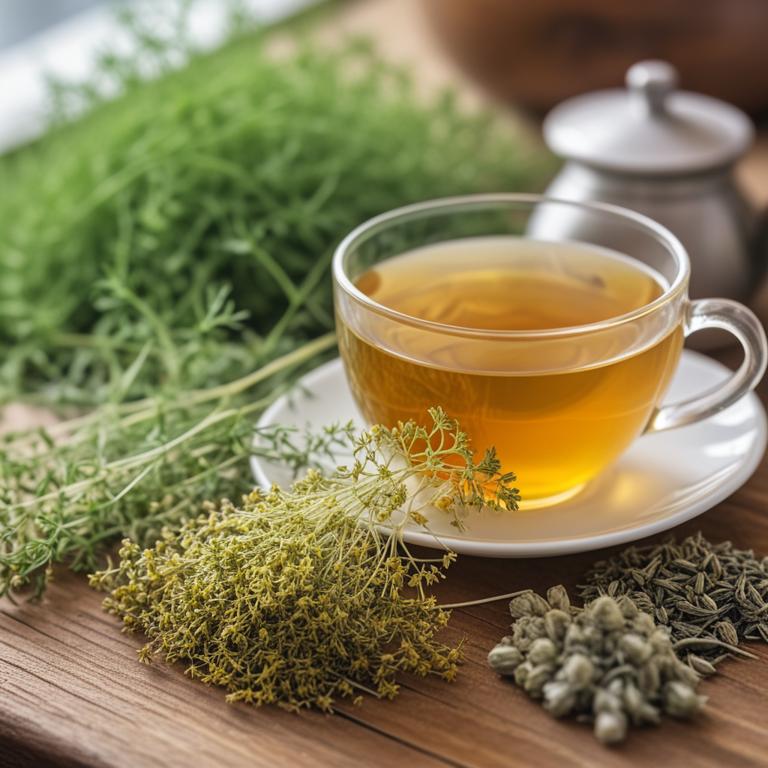
Foeniculum vulgare tea contains bioactive constituents such as volatile oils, flavonoids, and lignans, which contribute to its analgesic and anti-inflammatory properties, making it a potential remedy for treating period cramp pain.
The tea's anti-inflammatory properties, particularly the presence of lignans, help to reduce prostaglandins, which are hormone-like substances that cause menstrual cramps.
To make foeniculum vulgare tea, dry the seeds of the plant, add 1 tablespoon of them to 1 cup of boiling water, and let it steep for 5-7 minutes.
To consume the tea, strain the liquid and drink it 2-3 times a day to alleviate menstrual cramp pain.
8. Ginkgo biloba tea
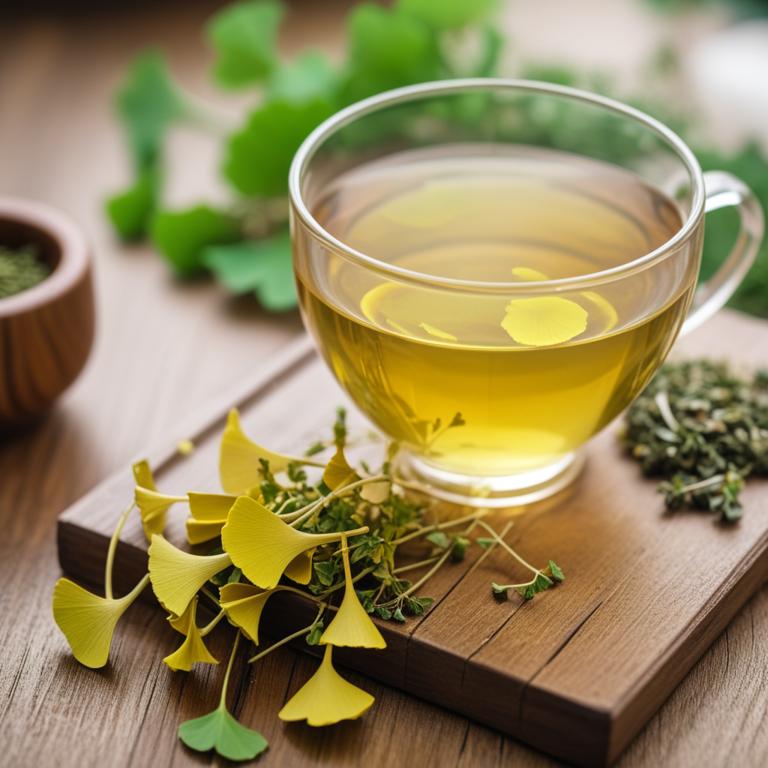
Ginkgo biloba tea contains bioactive constituents such as flavonoids, terpenoids, and bilobalide, which help to alleviate period cramp symptoms by relaxing the uterine muscles and improving blood flow to the reproductive organs.
The anti-inflammatory and antioxidant properties of this herbal tea also contribute to its therapeutic effects by reducing prostaglandin production, which is responsible for the pain and discomfort associated with menstrual cramps.
To make ginkgo biloba tea, combine one teaspoon of dried ginkgo biloba leaves with one cup of boiling water, let it steep for 5-7 minutes, and then strain the liquid before consumption.
To treat period cramps effectively, consume one to two cups of ginkgo biloba tea per day, ideally during the first few days of menstruation, and consider adding other herbal teas, such as chamomile or lavender, to enhance its relaxing and calming effects.
9. Cimicifuga racemosa tea
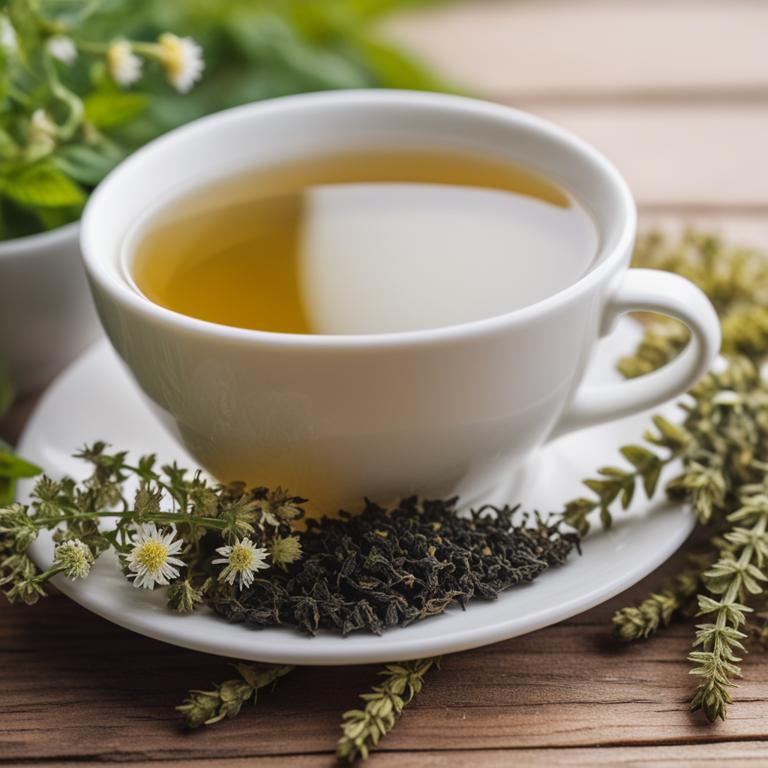
Cimicifuga racemosa tea contains bioactive constituents such as ferulic acid, dihydroferulic acid, and lignans that help to alleviate period cramp pain.
The tea's anti-inflammatory and antispasmodic properties also contribute to its ability to ease menstrual cramps.
To make the tea, steep 1 teaspoon of dried Cimicifuga racemosa root in 8 ounces of boiling water for 5-7 minutes, then strain and drink.
To treat period cramp pain, consume 1-2 cups of the tea per day, ideally 1-2 days before the expected start of menstruation, and continue for the duration of the menstrual cycle.